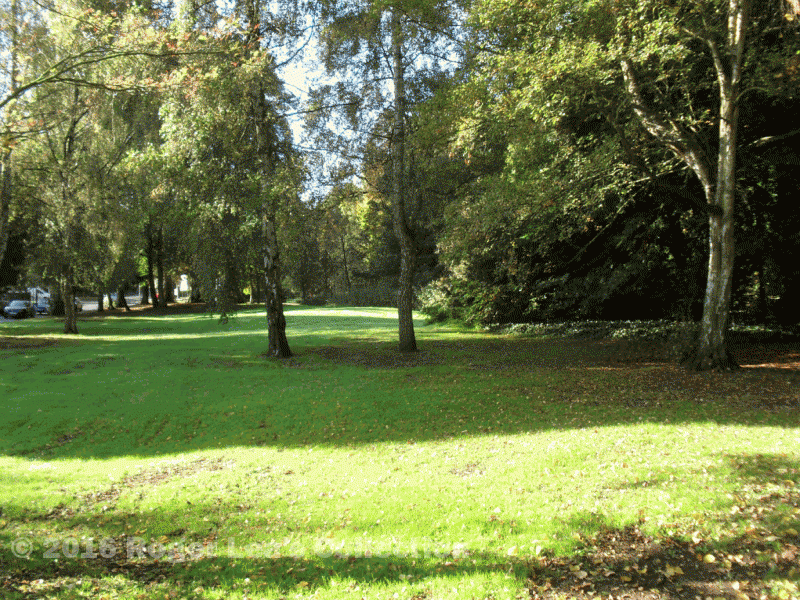At one time every field in Sutton had a name. Sometimes the names were simply descriptive, such as Triangle Piece and Roundabout Piece, or referred to some landmark, for example Apple Tree Field or Finger Post Piece, which was near the corner of Lichfield Road and Tamworth Road. Broomy Close and Thistley Piece were fields with persistent weeds, while Burnet Meadow no doubt contained more than the usual amount of sanguisorba officinalis, the great burnet, a herb of damp meadows. Some fields were referred to by their size - Eight Acres, perhaps, or, using an older measure, Five Days Work (equal to five acres), while a tiny field next to Langley Mill Pool was Wren’s Park.
The name Coneygreve Field indicates that there used to be a rabbit warren nearby, and Near Windmill Close must have been near a windmill, but apart from the field name there is no other evidence for these features. The old names of medieval open fields and assarts are sometimes preserved - Mere Field, Sherralls Field and Warr Field at Hill, Swan Meadow off Coleshill Road, Hawksnest near Falcon Lodge, and Burrells at Langley, while Ramshurst, which is mentioned in a deed of 1208 in Birmingham Reference Library, is a name still in use today.
More research may reveal the origin of several puzzling field names - Doctors Meadow, Gaolers Meadow, Jackamoor, Three Thumbs, Wheelways - and although it is known that New Stock Field, Riddings and Eachelhurst all relate to newly cleared land, there remain the questions of when and by whom? The Lords Meadow, marked on old maps as an almost circular 12-acre meadow near Peddimore, produced hay for the use of the Manor in the Middle Ages, but the location is remote - did the Lord used it for jousting or archery?
Most of the houses in High Street originally had long strips of land stretching down into the valley called The Mettalls, and two fields near Sutton Park were called the Near Hob Iron and the Far Hob Iron, but there is no indication of any nearby furnaces. Next to the Hob Irons was the Green Dam, forming a low ridge and giving rise to speculation that the land was built up to divert the E Brook away from its former course alongside Park Road. Was it really a dam, way back in Saxon times, forming a long-lost pool?
